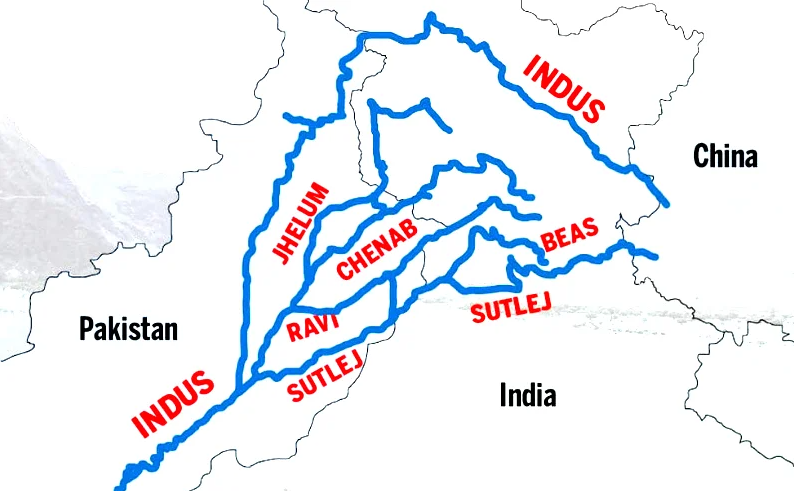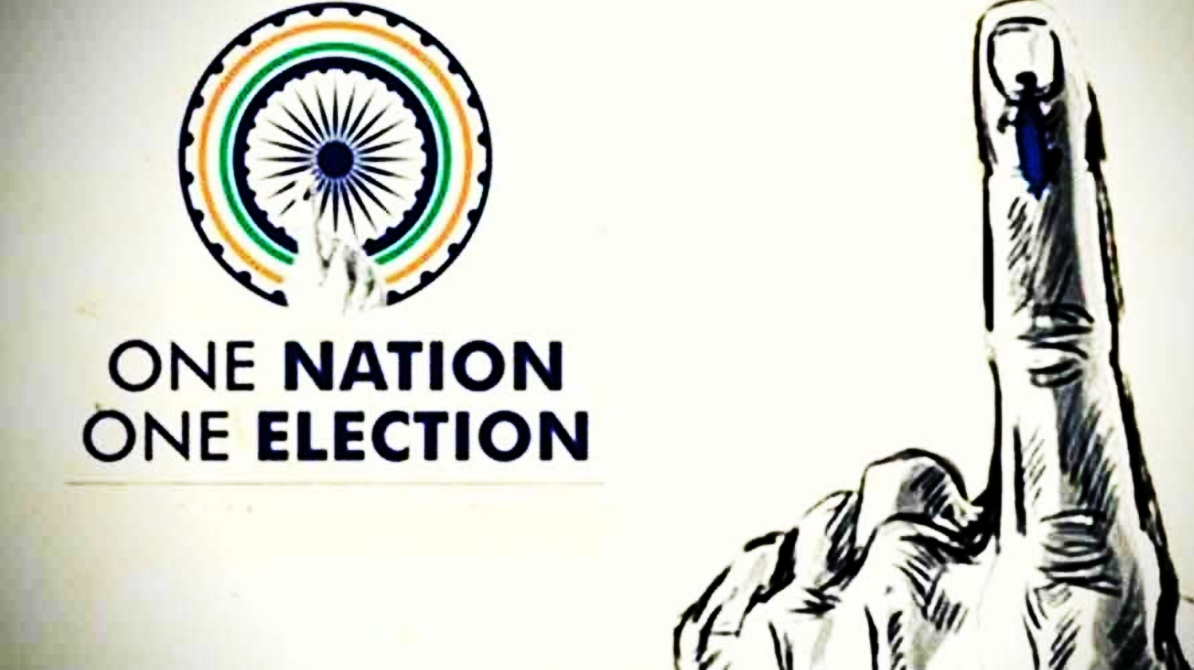The Congress and the Aam Aadmi Party (AAP) have reached a seat-sharing agreement for the upcoming Lok Sabha elections in several states. This strategic partnership aims to challenge the dominance of the Bharatiya Janata Party (BJP) in these regions. Here are the details of the AAP-Congress alliance in four states:
Seat-Sharing Details:
- Delhi: AAP will contest four seats, while Congress will field candidates in the remaining three. This agreement comes after negotiations regarding the crucial North West Delhi seat, which both parties were keen on contesting.
- Haryana: The alliance has adopted a 9:1 seat-sharing formula, with Congress taking the lead in nine constituencies and AAP contesting one seat. This move reflects an attempt to revive Congress’s presence in the state, where the BJP holds all 10 Lok Sabha seats.
- Gujarat: In Prime Minister Narendra Modi’s home state, AAP will contest two seats, while Congress will vie for the remaining 24. This strategy capitalizes on AAP’s growing popularity, particularly in urban areas, while acknowledging Congress’s established base in the state.
- Goa: The alliance has divided the two Lok Sabha seats equally, with Congress contesting the South Goa seat, which they narrowly lost in the 2019 elections, and AAP fielding a candidate in North Goa.
Significance of the AAP-Congress Alliance:
This alliance marks a significant development in the political landscape, particularly for states like Haryana and Gujarat, where the opposition has struggled to make inroads against the BJP. By combining their respective strengths, AAP and Congress hope to present a united front against the ruling party and increase their chances of electoral success.
Challenges and Uncertainties of the AAP-Congress Alliance:
While the alliance presents an opportunity for both parties, several challenges remain. Implementing the seat-sharing agreement on the ground, ensuring effective coordination between party workers, and convincing voters of the alliance’s viability will be crucial factors in its success. Additionally, internal resistance within both parties, particularly at the local level, could pose potential hurdles.






































